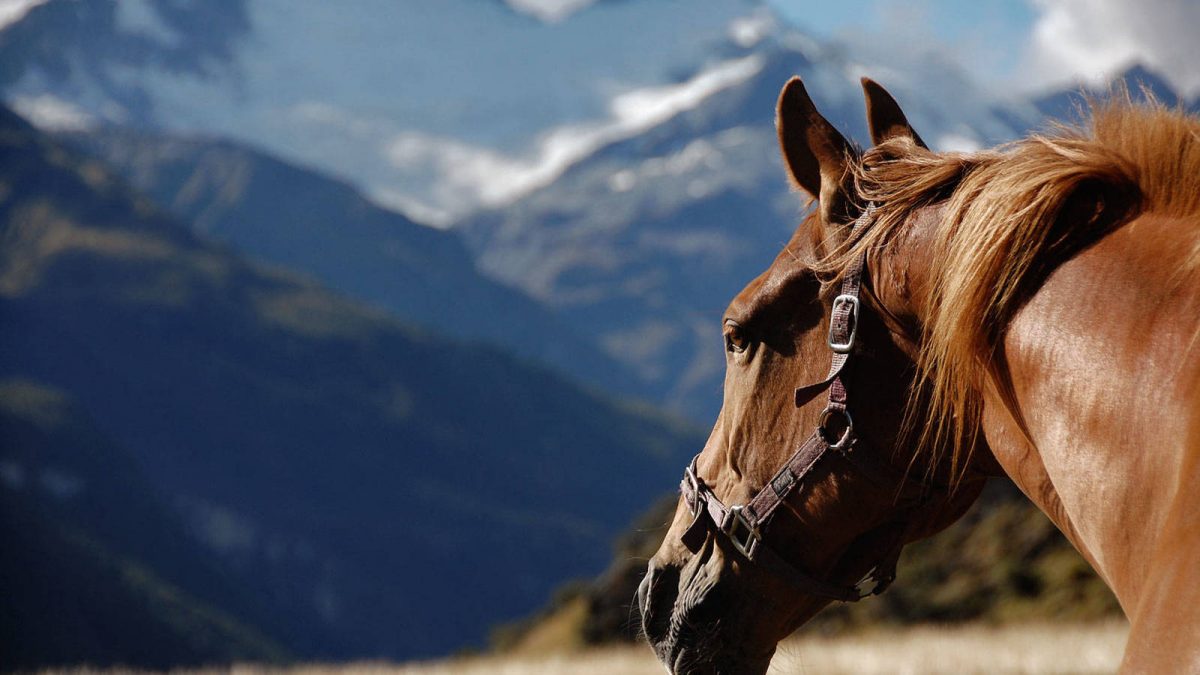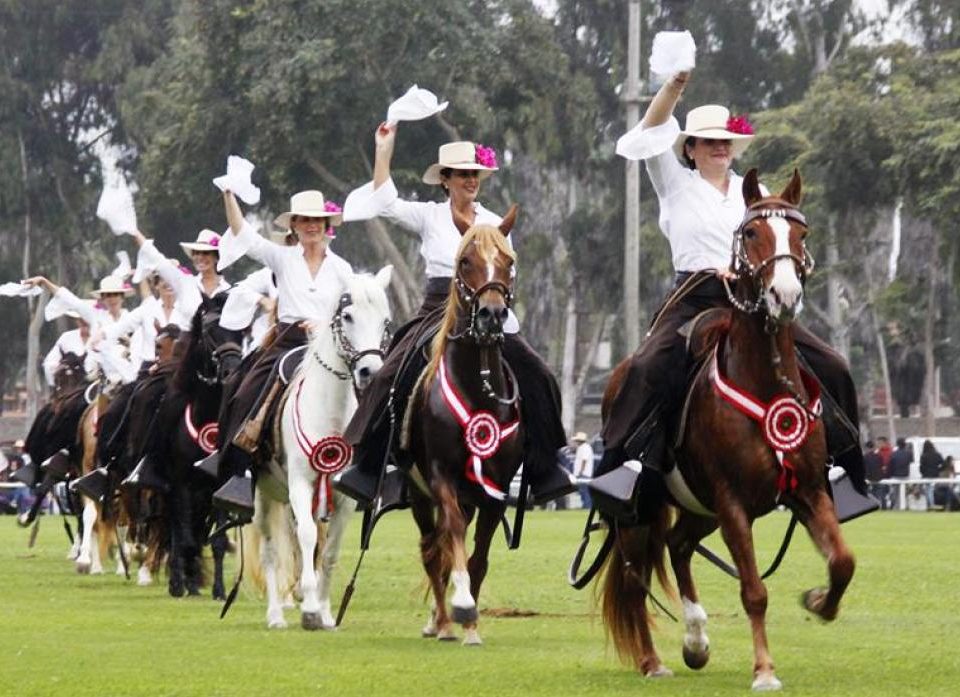After the battles executed by the Spaniards against the indigenous rebels, the civil wars and the death of the two conquest partners took place (Diego de Almagro and Francisco Pizarro). As a result, the Spanish crown proceeded to found the Viceroyalty of Peru the following year. In all the conflicts of that time, the decisive weapon was the cavalry, since the infantry like the artillery lacked the capacity and limited in maneuvers.
As of 1554, the great cities of the country rose with the land routes for both travelers and merchants. They used the horse and the mule, these were the means of transport that helped the viceroyalty of Peru grow. Not only were the carts, the carriages that used these animals, but also with the help of the backs of these animals, they transported the great authorities of the monarchy, the priests who applied evangelization and the elimination of other idolatries, merchants and miners in the care of their companies and landowners to monitor their agricultural land.
In the viceroyalty of Peru, the best horses were raised in Luya de Chachapoyas, who served as the training and exercise of the Spanish and Creole nobility in the great religious holidays, coronation of the kings, in the funeral processions of the Princes of the Royal House and bullfights.
During the Independence of the country, horses raised in the north experienced important events, such as the cavalry charge of August 6, 1824 in the pampas of Junín, which condemned a notable defeat to the famous royal cavalry of General José Canterac's army . Months later, on December 9 of the same year, the patriotic cavalry, under the sovereignty of General Guillermo Miller; He had a definitive contribution in the final victory against the Spanish forces of Viceroy José de la Serna
However, stronger animals had also survived, which were the progenitors of what are now the passing horses. All this was an adaptation process where man had to intervene, that with perseverance, attention and will was used to make a selection that combined aesthetics, resistance and temperament in horses.



